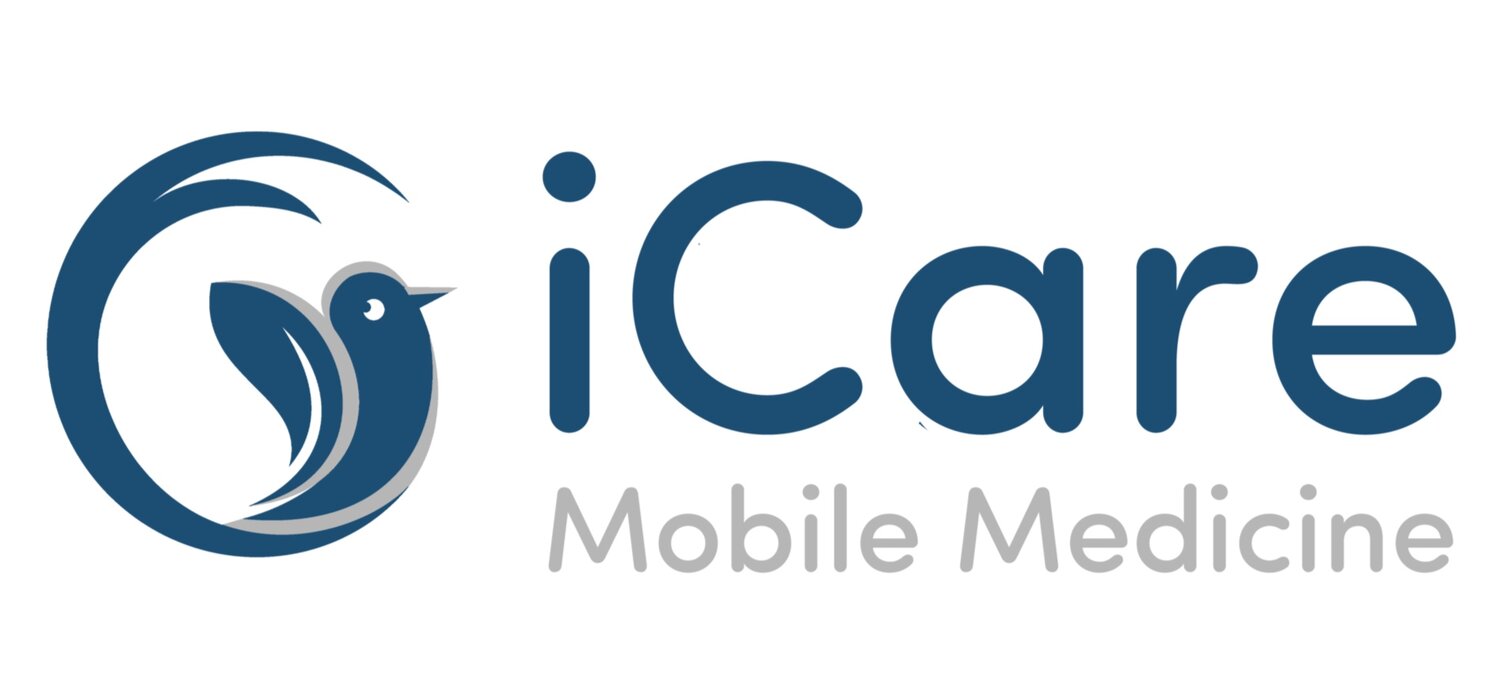Sinus Infection (Sinusitis)
What is sinusitis?
Sinusitis is an inflammation, or swelling, of the tissue lining the sinuses. The sinuses are four paired cavities (spaces) in the head. They are connected by narrow channels. The sinuses make thin mucus that drains out of the channels of the nose. This drainage helps keep the nose clean and free of bacteria. Normally filled with air, the sinuses can get blocked and filled with fluid. When that happens, bacteria can grow and cause an infection (bacterial sinusitis).
This is also called rhinosinusitis, with “rhino” meaning “nose.” The nasal tissue is almost always swollen if sinus tissue is inflamed.
There are different types of sinusitis:
Acute bacterial sinusitis: This term refers to a sudden onset of cold symptoms such as runny nose, stuffy nose, and facial pain that does not go away after 10 days, or symptoms that seem to improve but then return and are worse than the initial symptoms (termed “double sickening”). It responds well to antibiotics and decongestants.
Chronic sinusitis: This term refers to a condition defined by nasal congestion, drainage, facial pain/pressure, and decreased sense of smell for at least 12 weeks.
Subacute sinusitis: This term is used when the symptoms last four to twelve weeks.
Recurrent acute sinusitis: This term is used when the symptoms come back four or more times in one year and last less than two weeks each time.
What causes sinusitis?
Sinusitis can be caused by a virus, bacteria, or fungus that swells and blocks the sinuses. A few specific causes include:
The common cold.
Nasal and seasonal allergies, including allergies to mold.
Polyps (growths).
A deviated septum. The septum is the line of cartilage that divides your nose. A deviated septum means that it isn’t straight, so that it is closer to the nasal passage on one side of your nose, causing a blockage.
A weak immune system from illness or medications.
For infants and young children, spending time in day cares, using pacifiers or drinking bottles while lying down could increase the chances of getting sinusitis.
For adults, smoking increases the risks for sinus infections. If you smoke, you should stop. Smoking is harmful to you and to the people around you.
Sinusitis symptoms
Common signs and symptoms of sinusitis include:
Post nasal drip (mucus drips down the throat).
Nasal discharge (thick yellow or green discharge from nose) or stuffy nose
Facial pressure (particularly around the nose, eyes, and forehead), headache and or pain in your teeth or ears.
Cough.
Tiredness.
When to seek care
It is pretty easy to care for most sinus conditions on your own. However, if you continue to have symptoms that concern you or if your infections continue to happen, your primary care doctor might suggest you see a specialist. This could also happen if your CT scan shows something that does not look right.
Resources:
